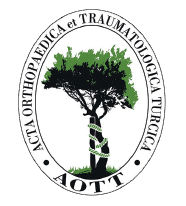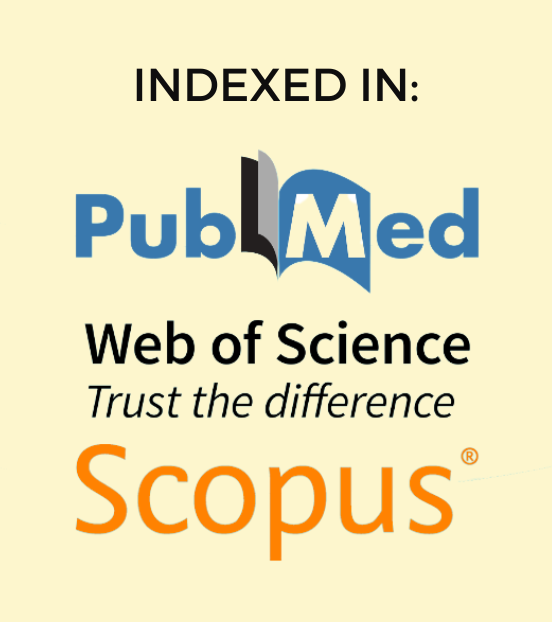Early onset scoliosis (EOS) poses significant treatment challenges, often exacerbated by postoperative wound complications. A novel case of hyperinflammatory wound complications in a child with a confirmed NFKB1 mutation is presented, successfully managed with immunomodulation.
A 6-year-old boy experienced wound dehiscence and persistent inflammation following rod placement, unresponsive to conventional treatments including surgical debridement and antibiotics. Further evaluation identified an NFKB1 mutation associated with hyperinflammatory states. Targeted treatment with Anakinra, an interleukin (IL)-1 receptor antagonist, resulted in rapid wound healing and normalization of inflammatory markers. Subsequent serial rod expansions, pretreated with Anakinra, were complication-free, and the patient remained stable for 4 years post treatment.
This case emphasizes the critical role of genetic predispositions, such as NFKB1 mutations, in postoperative complications. Dysregulated IL-1β activity was effectively managed with targeted immunomodulation, highlighting the importance of recognizing and addressing non-infectious hyperinflammatory processes. Patients presenting with very early wound dehiscence, disproportionate inflammatory responses, and unresponsiveness to infection management may benefit from detailed immunologic evaluation. Rare hyperinflammatory conditions should be considered in the differential diagnosis of challenging postoperative wound healing scenarios.
Cite this article as: Shihab W, Jha A, Dede O. Catastrophic wound dehiscence in early onset scoliosis secondary to hyperinflammatory response: a case report. Acta Orthop Traumatol Turc., 2025;59(3):185-188.



.png)
.png)
